Two of our recent Global Health Fellows, Logan Schulz and Kyra Sarazan, and others recently published the paper “Addressing Malnutrition and Food Insecurity with Breadfruit in a Rural, Developing Country: A Case Study and Lessons Learned in Thomassique, Haiti “. Below, we include the introduction to the paper and brand new images for the successful program.
Haiti’s Central Plateau region suffers from significant malnutrition, economic hardship, and a crisis level of food insecurity. Already the poorest country in the Western Hemisphere in terms of GDP per capita, Haiti has pervasively high malnutrition rates, but the Central Plateau region is one of its most severely affected areas. One in five children of the Central Plateau suffers from malnutrition, and the region exhibits a 30% rate of child stunting (the highest in the country).
Our US-based team affiliated with St. Joseph Clinic a well-known and community-respected medical clinic in the Central Plateau city of Thomassique, partnered with local Haitian leadership and Trees That Feed Foundation to introduce the agricultural tree product called breadfruit (Artocarpus altilis) and an innovative development model to the area with the goal of combating local malnutrition. Breadfruit is highly valued in Thomassique and its surrounding villages, yet there are few local sources for it.
A Haitian agronomist was hired to produce breadfruit saplings from trees donated to the clinic by Trees That Feed, and these saplings were then distributed among local farmers and community health committees. The agronomist provided appropriate crop training for breadfruit in conjunction with the sapling distribution.
Four years into the program, the outcomes have been noteworthy enough to warrant sharing the process here.
This article addresses the lessons learned during implementation of this program in an effort to assist others looking to introduce models or crops in a similar manner for similar purposes. While engaged in a literature review, we found very little written about how to plan and implement a program like ours, despite its potential for positively impacting the health and economic wellbeing of communities in developing nations.
Our experience is particularly significant in light of the COVID-19 pandemic, as the United Nations World Food Programme projected the number of people affected by food insecurity to nearly double to 265 million worldwide by the end of 2020 as a result of it.

Wiscard preparing a branch for the air-layering technique of propagating breadfruit trees
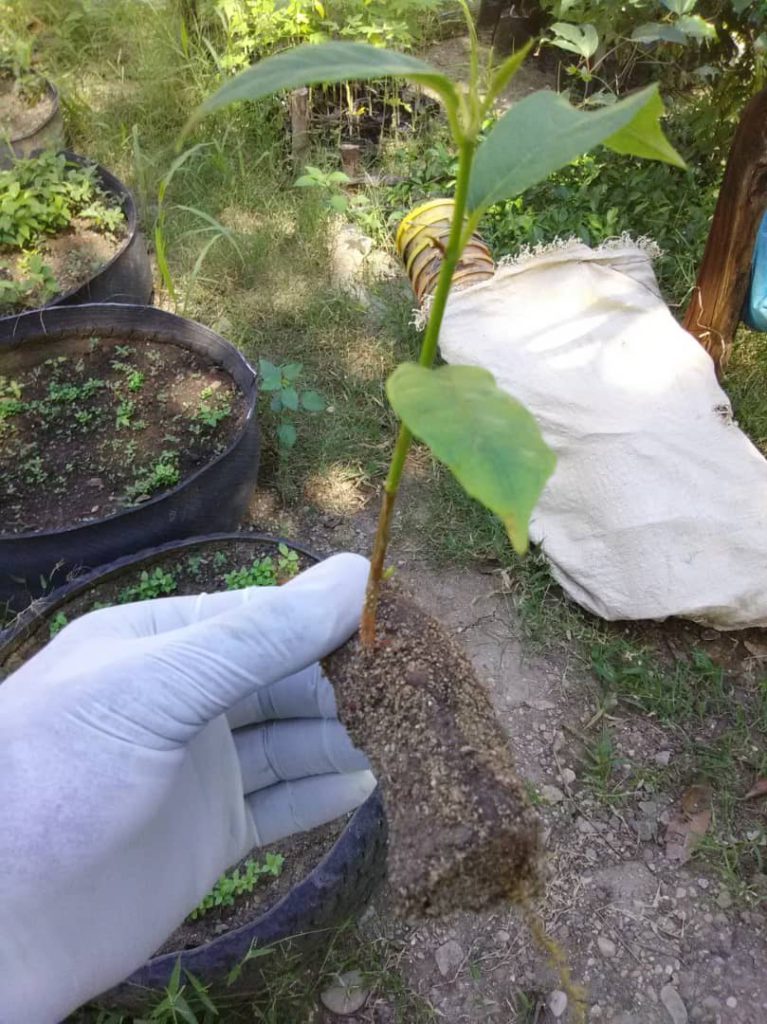
Breadfruit sapling ready for planting.
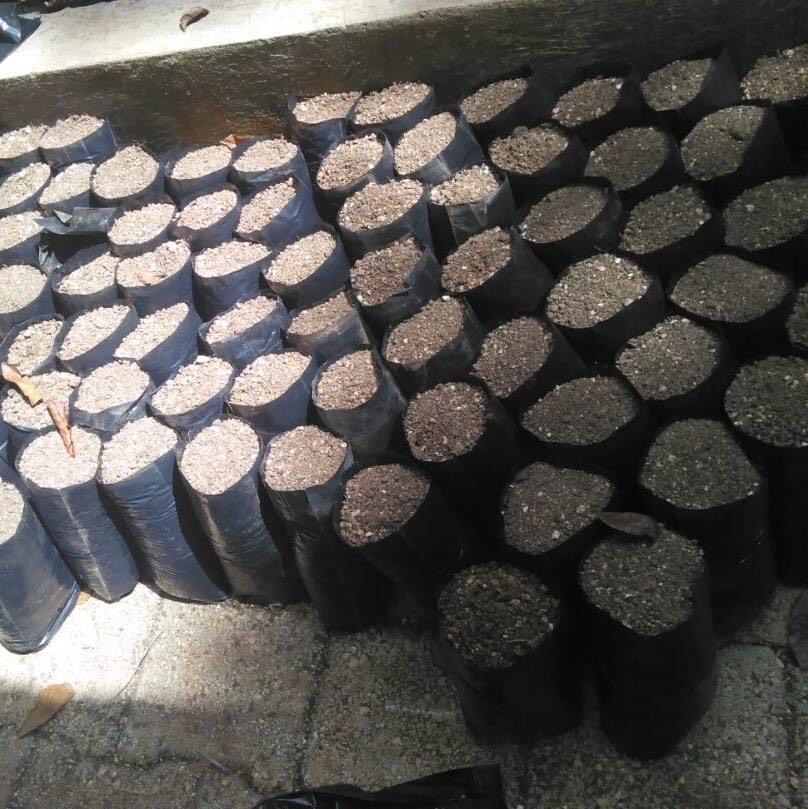
Nursery bags set up for new plantings.

Breadfruit saplings being added to nursery for better chance to survive.
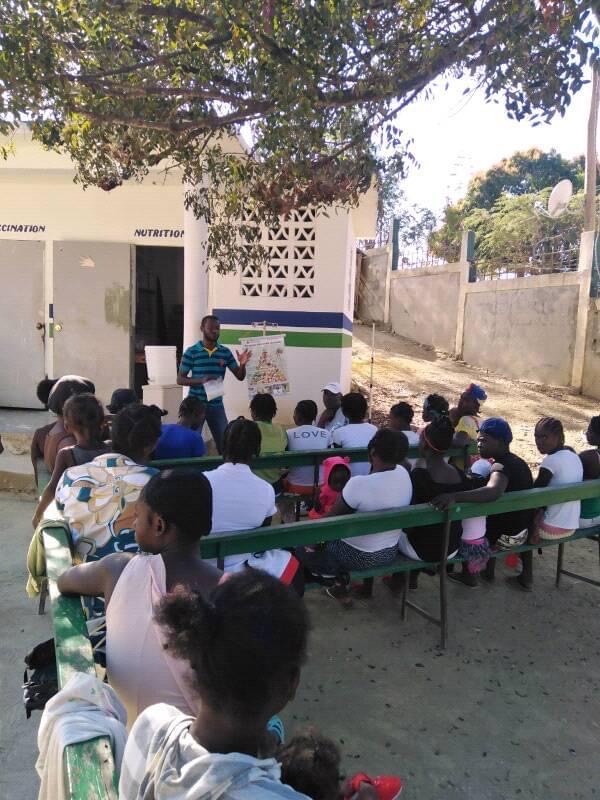
Wiscard the discussing the nutritional benefits of breadfruit flour.

Families take breadfruit saplings to grow in their own plots.
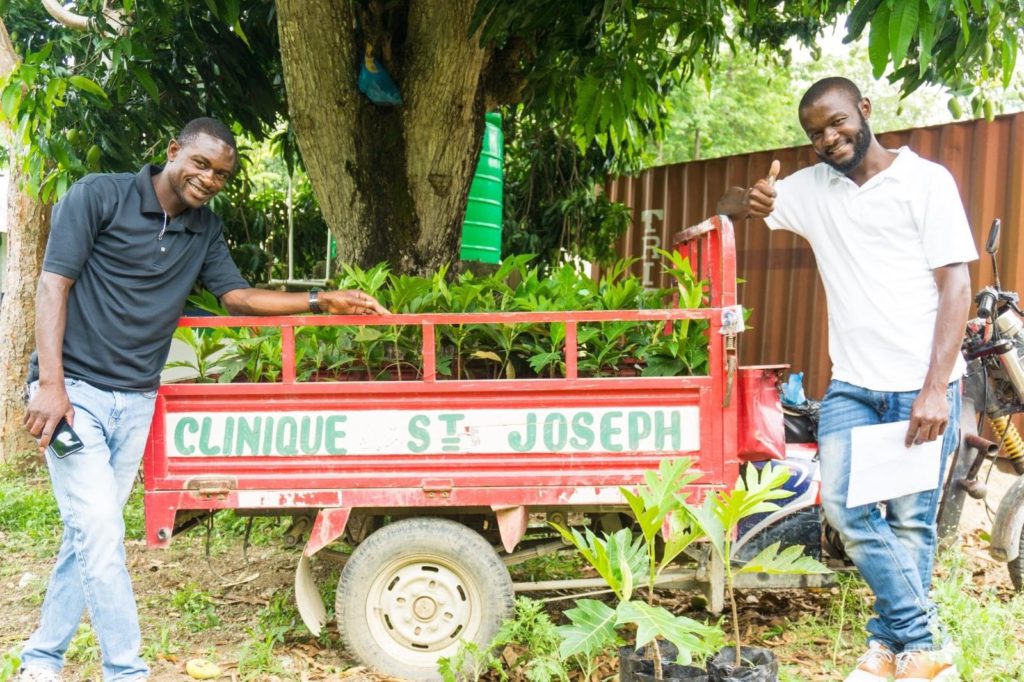
Saplings to be sent to the villages for the CHW (Community Health Workers).

Wiscard, Wilson (his assistant), and a member of the work-study program (far left) helping prepare breadfruit to make flour.
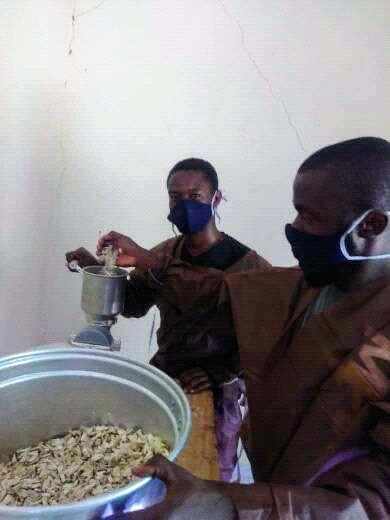
Making breadfruit flour. Grind, grind and grind the breadfruit …

Making breadfruit flour: Grind until flour can be sifted through a relatively small opening.

Bags of breadfruit flour ready to be used.


